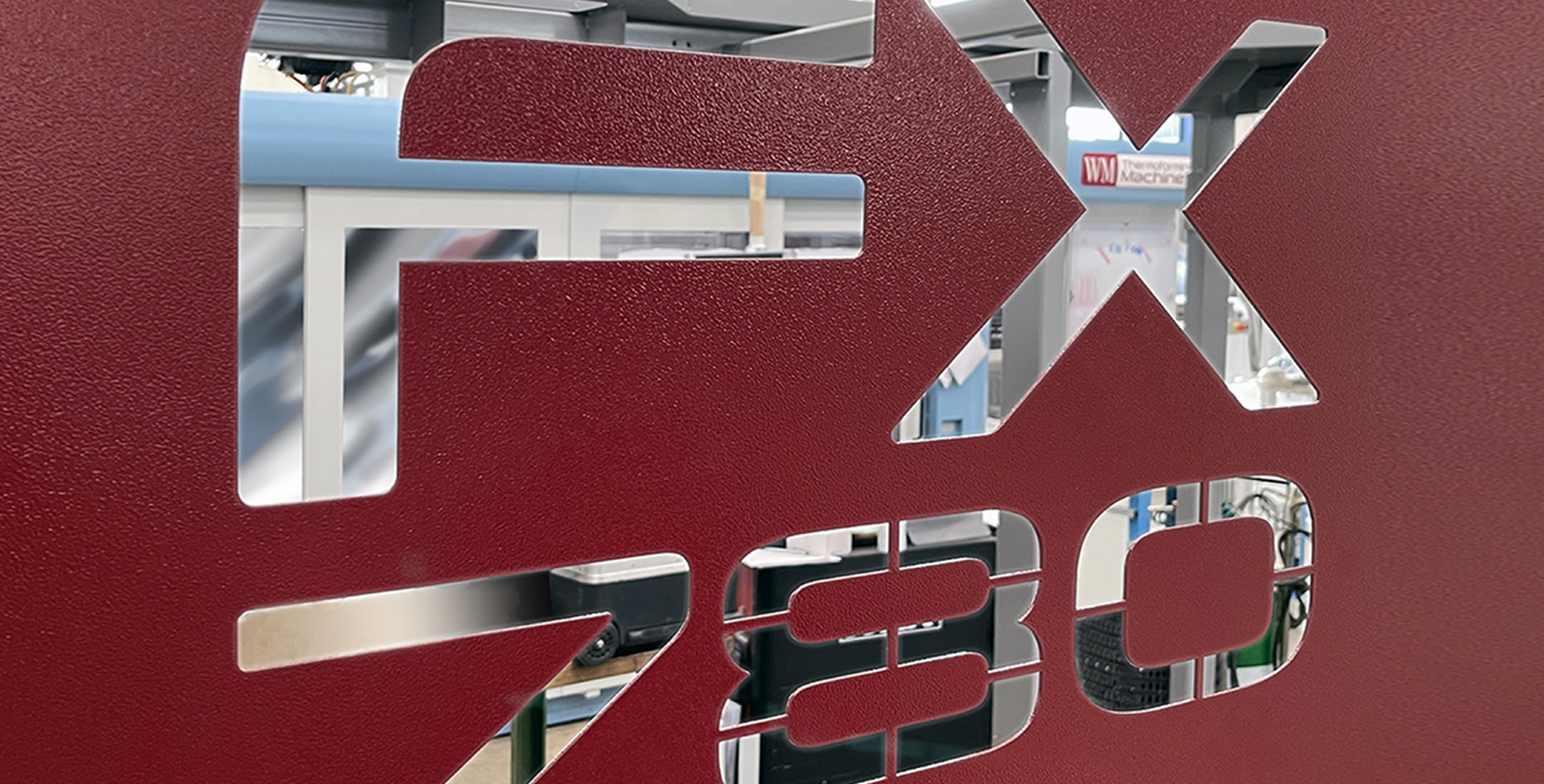All the most recent researches demonstrate that every year in the world the phenomenon of food wasting involve an impressive amount of foodstuff.
A great part of this unacceptable waste is due to incorrect storage, bad transportation conditions or bad supply and even incorrect conservation, in our household too.
The Food Wastage Footprint, a study published by the UN’s Food & Agriculture Organization (FAO) on the impacts of food loss and waste on climate, land, water and biodiversity, estimates that the global carbon footprint of food waste is equivalent to more than 3 billion tons of CO2.
Next year 2014 has been declared by the European Parliament as the “European Year Against Food Wastage” whose aim would be to cut food waste in EU in half and raise public awareness on this issue.
A big help to solve this problem can come from technology. In effect consumers and part of popular media have a very low understanding of the important role of plastic packaging and food packaging in general to reduce food loss. More commonly the packaging is perceived only as an ecological problem, without taking into consideration that one of the most simple way to reduce the food waste is to properly pack and protect it from spoil.
New barrier materials and new designs of plastic packaging help to extend shelf life, improve the conservation conditions during transportation and give an important contribution in food waste reduction.
So investments in new technologies and researches in this field are largely justified by the importance of the final aim.







